Nilgiri Blueprint
The Nilgiri Blueprint initiative of the Nilgiri Documentation Centre got off to a promising start on World Environment Day with bold, innovative and time bound proposals.
Given the economic, ecological and heritage significance of the Nilgiris, a comprehensive Master Plan with a horizon of five to ten years should be prepared with a Negative List of activities harmful to the already fragile hill district. This means the district should be declared as Environmentally Sensitive Zone by the Ministry of Environment and Forests as in the case of other hill stations such as Mount Abu, Pachmarhi and Mahabaleshwer Panchgani.
Given the antiquity, continuity and variety of plant, animal and human life, the entire Nilgiris should be declared a Heritage Hill District. This is possible under Section 37 of Biological Diversity Act, 2002 (BDA) under which the State Government in consultation with local bodies may notify in the official gazette, areas of biodiversity importance as Biodiversity Heritage Sites (BHS). The State Government in consultation with the Central Government can also frame rules for the management and conservation of BHS.
The unabated construction boom by promoters from the plains without regard to the environmental norms should be put an end to before the damage becomes irreversible. If a total ban may not be feasible, a moratorium can be considered for about five years on all commercial and residential constructions with due exceptions given to local needs. This is bound to cool the current construction boom and provide time for instituting mitigative and adaptive measures in the future.
Given the high degree of use of fertilizers and pesticides in the current farming practices, people should incentivized to move towards organic farming which is suitable to the hills.
Given the unparalleled tourist inflow into the Nilgiris round the year and the possibility of the inflow increasing in the future, a massive solid waste management plan is imperative for district. Land must be acquired at any cost for the purpose. Degraded forest land can also be considered. A Tourism Betterment Levy can be collected from visitors at the point of stay or entry into public places like the Garden or the Lake to partly meet the cost of waste management.
The towns of Ooty, Coonoor, Gudalur and Kotagiri are no more hill stations but Mountain Cities with heavy vehicular traffic. Infrastructures in the form of flyovers, over bridges and tunnels are imminent requirements.
Given that the Nilgiris attracts various classes of tourists including from abroad, tourism promotion should also be intellectually and aesthetically entertaining. Events like Book Fairs, Art, Literary and Heritage shows should be promoted. Colonial history of the district can be showcased profitably. The educational and service institutions must be involved in this.
The priorities of the Hill Area Development Programme should be suitably reoriented to suit the emerging priorities of the district.
We request all stake holders to contribute their thoughts, views and suggestions to prepare a Comprehensive Blueprint for the Nilgiris. The contributions can cover ecological, social, cultural and historical topics pertaining to the Ecology, Environment, Economy and People of the Nilgiris.
The Nilgiri Blueprint initiative of the Nilgiri Documentation Centre got off to a promising start on World Environment Day with bold, innovative and time bound proposals.
Given the economic, ecological and heritage significance of the Nilgiris, a comprehensive Master Plan with a horizon of five to ten years should be prepared with a Negative List of activities harmful to the already fragile hill district. This means the district should be declared as Environmentally Sensitive Zone by the Ministry of Environment and Forests as in the case of other hill stations such as Mount Abu, Pachmarhi and Mahabaleshwer Panchgani.
Given the antiquity, continuity and variety of plant, animal and human life, the entire Nilgiris should be declared a Heritage Hill District. This is possible under Section 37 of Biological Diversity Act, 2002 (BDA) under which the State Government in consultation with local bodies may notify in the official gazette, areas of biodiversity importance as Biodiversity Heritage Sites (BHS). The State Government in consultation with the Central Government can also frame rules for the management and conservation of BHS.
The unabated construction boom by promoters from the plains without regard to the environmental norms should be put an end to before the damage becomes irreversible. If a total ban may not be feasible, a moratorium can be considered for about five years on all commercial and residential constructions with due exceptions given to local needs. This is bound to cool the current construction boom and provide time for instituting mitigative and adaptive measures in the future.
Given the high degree of use of fertilizers and pesticides in the current farming practices, people should incentivized to move towards organic farming which is suitable to the hills.
Given the unparalleled tourist inflow into the Nilgiris round the year and the possibility of the inflow increasing in the future, a massive solid waste management plan is imperative for district. Land must be acquired at any cost for the purpose. Degraded forest land can also be considered. A Tourism Betterment Levy can be collected from visitors at the point of stay or entry into public places like the Garden or the Lake to partly meet the cost of waste management.
The towns of Ooty, Coonoor, Gudalur and Kotagiri are no more hill stations but Mountain Cities with heavy vehicular traffic. Infrastructures in the form of flyovers, over bridges and tunnels are imminent requirements.
Given that the Nilgiris attracts various classes of tourists including from abroad, tourism promotion should also be intellectually and aesthetically entertaining. Events like Book Fairs, Art, Literary and Heritage shows should be promoted. Colonial history of the district can be showcased profitably. The educational and service institutions must be involved in this.
The priorities of the Hill Area Development Programme should be suitably reoriented to suit the emerging priorities of the district.
We request all stake holders to contribute their thoughts, views and suggestions to prepare a Comprehensive Blueprint for the Nilgiris. The contributions can cover ecological, social, cultural and historical topics pertaining to the Ecology, Environment, Economy and People of the Nilgiris.




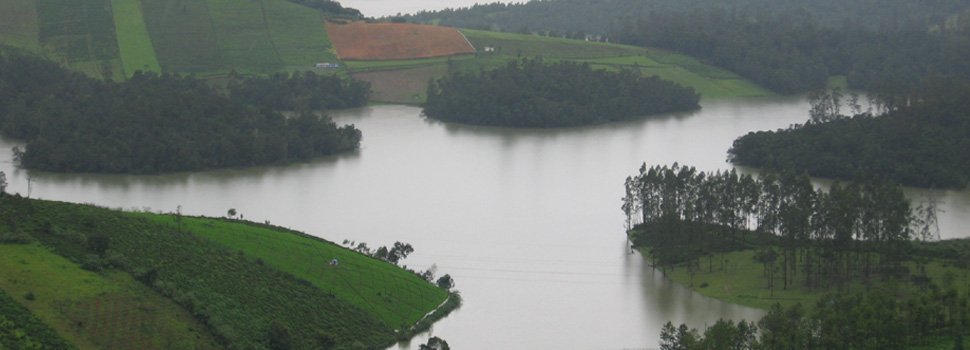
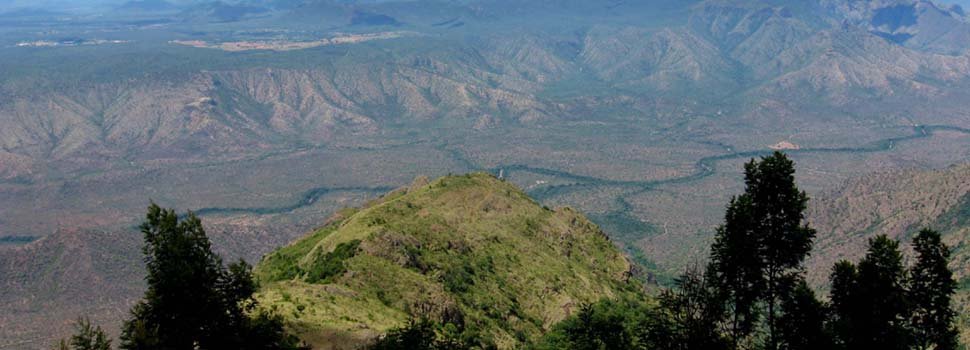
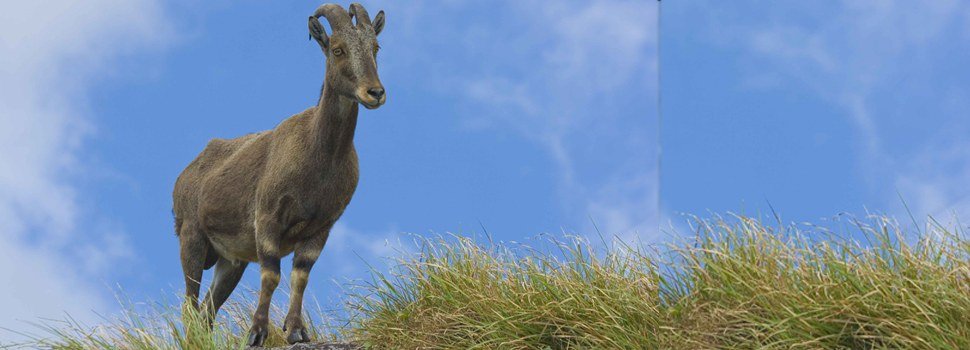
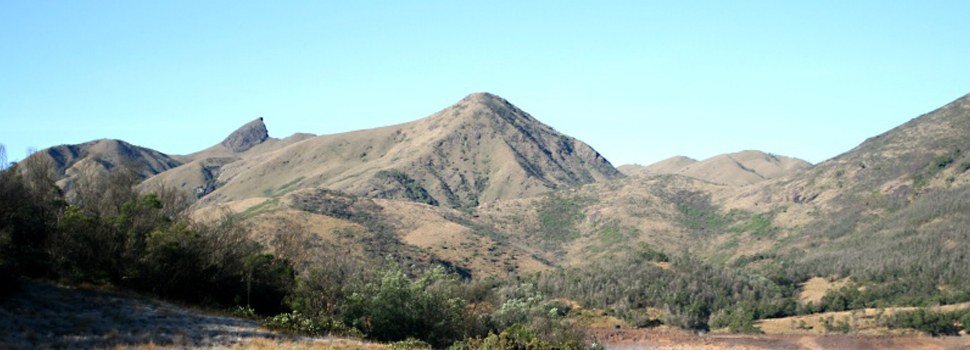
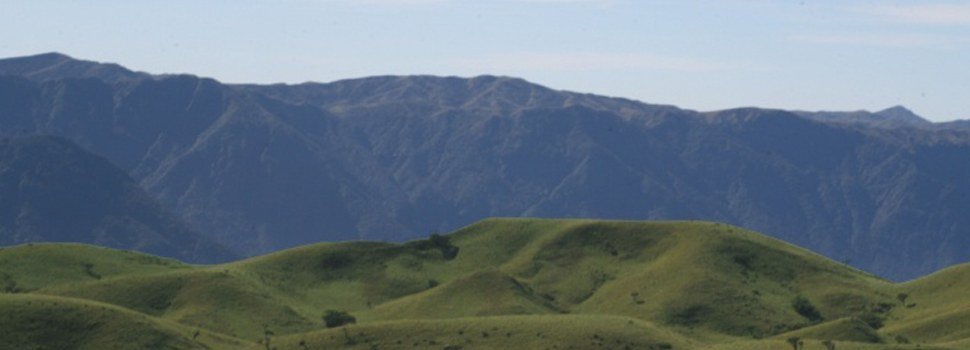
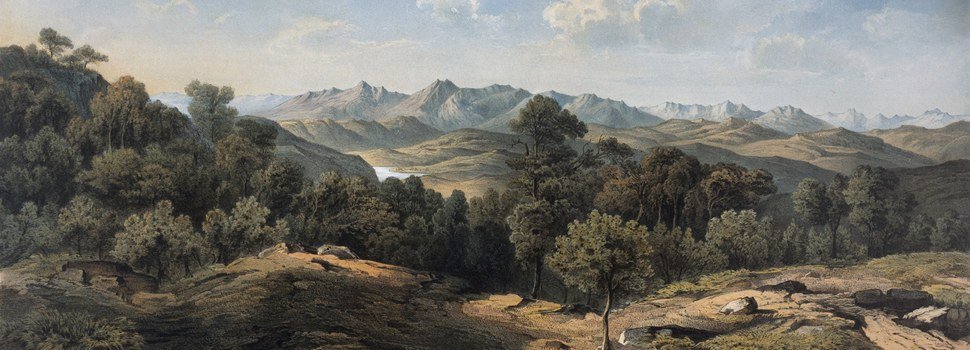

Comments